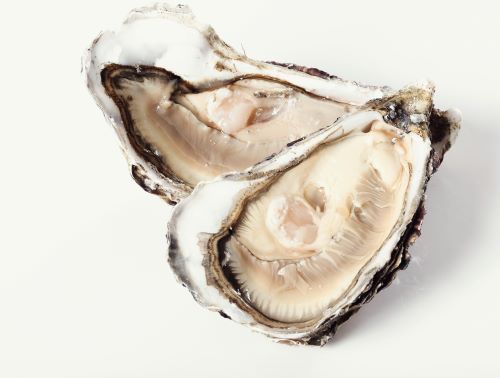What is SFA doing to reduce food safety risks from bivalve molluscs?
SFA takes a risk-based approach to ensure food safety. We consider live oysters, which are almost always consumed raw, as the bivalve mollusc with the highest risk. As such, all imports of live oysters must be from SFA-approved sources and accompanied with a health certificate, to ensure food safety.
For frozen oysters and frozen cockles, SFA requires all imports to be accompanied with a health certificate proving that the products come from a source regulated by overseas authorities. Live cockles can only be imported by importers who have an SFA-licensed non-retail food processing premises to carry out the shucking of cockles.
Upon arrival, imported food is subject to our food safety surveillance programme, which includes inspection, sampling, and testing.
What can the shellfish industry do to prevent foodborne outbreaks?
Most bivalves consumed in Singapore are imported. There are various measures that the shellfish industry may adopt to ensure that their products are clean and safe:
Shellfish sanitation programme, which includes the official zoning of the coastal areas to ensure polluting activities such as sewage discharge are not conducted in the harvest area. Such programmes also include routine water monitoring, and protocols to suspend harvest or sale when algal blooms occur.
Depuration, which refers to the postharvest process of cleansing bivalves after harvesting, by allowing them to filter clean water for a few days. The water may be further disinfected with ultraviolet light to ensure bacteria and viruses are killed.
Cold chain management to prevent bacteria from multiplying and ensuring the freshness of the bivalves
Some bivalve species have all organs removed and only the adductor muscle (what most people commonly recognise as ‘scallop’) served as food. As the majority, if not all, of the hazards are in the organs, this reduces the risk of food poisoning.
Processing such as heat or high pressure of bivalve molluscs to reduce the amount of microbes present, in a manner similar to pasteurisation.
What should the public and food service providers do?
While SFA has safeguards in place, we would nevertheless like to emphasise the high-risk nature of bivalves, particularly when consumed raw or undercooked. The public, together with industry, need to play their part to ensure food safety when consuming such products.
Some tips include:
Do not harvest and consume shellfish from the wild! These shellfish may contain biotoxins which cannot be removed by cooking.
Always purchase shellfish from SFA-approved businesses (importers, retailers). When buying live shellfish, ensure that the shellfish are not dead or rotten.
Wash the shells preferably with a brush under running water before cooking.
Cook shellfish thoroughly, increasing the cooking time if the shellfish is larger (e.g. large cockles must be cooked longer than small cockles):
Boil until the shells open, and continue boiling for at least another 3-5 min; or
Steam for at least 4-9 min
For shucked shellfish, you can consider:
Only eat shellfish that open during cooking. Throw out any shellfish that do not open fully after cooking.
Avoid consuming raw or undercooked shellfish as these are very likely to harbour pathogens that can cause food poisoning. If consumers wish to consume these, select shellfish that are labelled or designated by the food business as ready-to-eat. Young, elderly, immunocompromised or pregnant women should avoid consuming raw or undercooked bivalves
If served undercooked shellfish at an eatery, request for the dish to be cooked more thoroughly.
When storing shellfish, refrigerate (below 4°C) or freeze to avoid the growth of bacteria. Store in a covered leak-proof container and make sure no liquids from the container come into contact with other food, especially cooked food.
Always wash your hands thoroughly with soap before and after handling shellfish.
Do not reuse crockery and utensils that have touched raw shellfish for cooked food. These should be washed.
About the Author
Herman Teo is a Senior Scientist from the Risk Assessment and Communications Department of the National Centre for Food Science. With a Masters in Food Science and Human Nutrition from the National University of Singapore, his recent work includes the regulatory framework for insects for food and feed, and examining emerging food processing risks.

